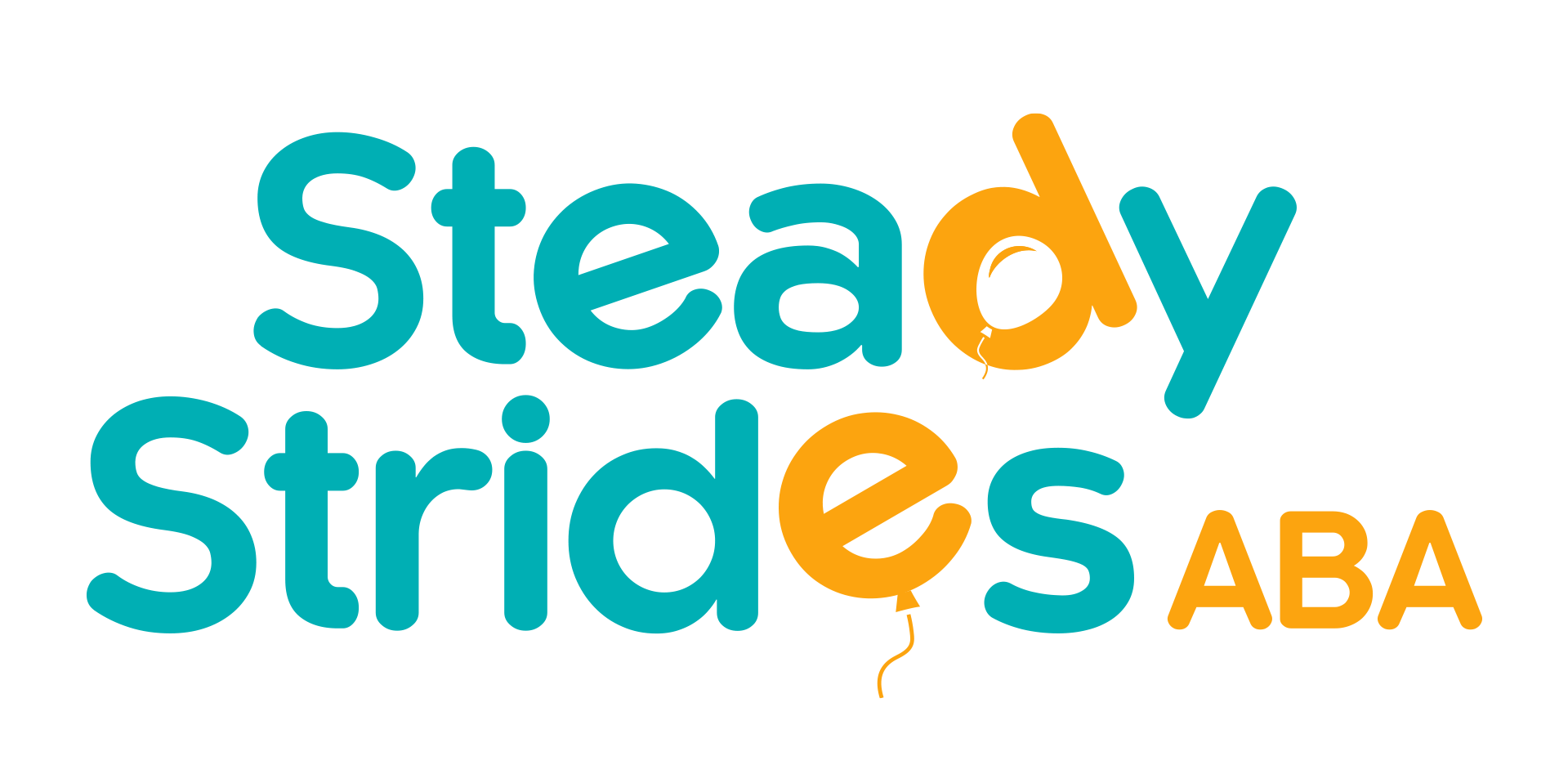When it comes to supporting children with autism spectrum disorder (ASD) and other developmental challenges, two prominent therapeutic approaches often come up: Applied Behavior Analysis (ABA) and Occupational Therapy (OT). While both therapies aim to improve the quality of life for individuals, they do so through different methodologies and focus areas.
This article will delve into the differences between ABA and occupational therapy, explore how they can work together, and provide insights into which therapy might be more beneficial depending on individual needs.
What is ABA Therapy?
Applied Behavior Analysis (ABA) is a systematic approach that focuses on understanding and modifying behavior through reinforcement strategies. ABA is grounded in the principles of behaviorism, which posits that behaviors can be learned and changed based on environmental factors.
Key Characteristics of ABA Therapy:
- Behavior Modification: The primary goal of ABA is to increase desirable behaviors while decreasing unwanted ones. This is achieved through positive reinforcement, where desired behaviors are rewarded to encourage their recurrence.
- Individualized Treatment Plans: Each ABA program is tailored to meet the child's specific needs. This involves conducting thorough assessments to identify strengths, weaknesses, and target behaviors.
- Data-Driven Approach: ABA relies heavily on data collection to track progress. Therapists continuously monitor behavior changes and adjust interventions accordingly.
- Skill Development: ABA focuses on teaching a wide range of skills, including communication, social skills, self-care routines, and academic abilities.
What is Occupational Therapy?
Occupational Therapy (OT) takes a holistic approach to support individuals in achieving independence in daily activities. OT aims to enhance a person’s ability to engage in meaningful tasks across various settings.
Key Characteristics of Occupational Therapy:
- Client-Centered Focus: OT emphasizes the individual’s unique needs, preferences, and goals. Therapists work collaboratively with clients to develop personalized intervention plans.
- Functional Skills Development: OT targets skills necessary for daily living, such as self-care (dressing, grooming), fine motor skills (writing, using utensils), and sensory processing.
- Play-Based Interventions: Especially with children, OT often incorporates play into therapy sessions to make learning engaging and enjoyable while addressing developmental goals.
- Environmental Adaptations: Therapists may recommend modifications to the home or school environment to facilitate participation in daily activities.
Comparing ABA vs. Occupational Therapy
Understanding the differences between ABA and occupational therapy can help parents make informed decisions about their child’s therapeutic needs.
| Feature | ABA Therapy | Occupational Therapy |
|---|---|---|
| Approach | Behavior modification through reinforcement | Client-centred focus on meaningful activities |
| Techniques | Positive reinforcement, data collection | Sensory integration, adaptive techniques |
| Goal Setting | Specific behavior goals | Functional independence in daily tasks |
| Typical Duration | 20-40 hours per week | 1-2 hours per week |
| Ideal For | Behavioral issues, social skills | Fine motor skills, sensory issues |
In recent years, there has been growing recognition of both ABA and occupational therapy as effective interventions for individuals with autism spectrum disorder across the United States. As awareness increases globally about autism and developmental disabilities, many countries are adopting these therapeutic approaches to support individuals in achieving their fullest potential.
Both therapies have been validated through
extensive research, demonstrating their effectiveness in improving various skill sets among children with developmental challenges. As
parents navigate these options for their children, understanding the nuances between them becomes crucial for making informed decisions regarding therapeutic interventions.
Differences Between ABA and Occupational Therapy
1. Philosophical Foundations:
- ABA is rooted in behaviorism and focuses on observable behaviors that can be modified through reinforcement.
- OT adopts a holistic perspective that considers an individual's life's physical, emotional, cognitive, and social aspects.
2. Target Populations:
- While ABA is primarily associated with individuals with autism spectrum disorder, OT serves a broader population, including individuals recovering from injuries or managing chronic conditions.
3. Methodologies:
- ABA employs systematic interventions based on data analysis to modify specific behaviors.
- OT utilizes playful activities and practical strategies to enhance functional skills necessary for daily living.
4. Focus Areas:
- ABA emphasizes skill acquisition related to communication and social interaction.
- OT focuses on improving fine motor skills, sensory processing, and overall engagement in meaningful activities.
Can ABA and OT Work Together?
Yes! In many cases, ABA and occupational therapy can complement each other effectively. While each therapy has its unique focus areas, it can work synergistically to provide comprehensive support for children with autism or other developmental challenges.
For instance:
- A child receiving ABA therapy may benefit from OT techniques that enhance the fine motor skills necessary for tasks like writing or self-feeding.
- Conversely, an occupational therapist may incorporate behavioral strategies from ABA to encourage participation in therapeutic activities during sessions.
Collaboration between therapists from both disciplines can lead to more
holistic treatment plans that address various aspects of a child’s development.
Is ABA Better Than Occupational Therapy?
Determining whether ABA is "better" than occupational therapy depends on the child's specific needs. Each therapy serves distinct purposes:
- ABA is particularly effective for children who exhibit challenging behaviors or require intensive skill development in communication and socialization.
- OT may be more beneficial for children who struggle with daily living skills or sensory processing issues.
Ultimately, the best approach may involve integrating both therapies based on individual assessments and family goals.
Conclusion
Navigating the landscape of therapies available for children with autism spectrum disorder can be overwhelming for parents. Understanding the differences between ABA vs. occupational therapy provides clarity on how each approach can uniquely benefit your child’s development.
At
Steady Strides ABA, we are committed to offering personalized therapy solutions tailored to meet your child's specific needs. Whether you are considering ABA therapy alone or exploring options that integrate occupational therapy as well, our dedicated team is here to guide you every step of the way.
If you’re ready to take the next step in supporting your child's growth and development, contact us today!
Schedule a visit with our expert therapists at Steady Strides ABA—together, we can create a brighter future for your child!
Frequently Asked Questions
What are the main differences between ABA therapy and occupational therapy?
ABA focuses on behavior modification through reinforcement strategies, while OT emphasizes improving functional skills necessary for daily living through a holistic approach.
Can ABA and OT work together?
Yes! Both therapies can complement each other effectively by addressing different aspects of a child's development collaboratively.
Is one therapy better than the other?
The effectiveness of either therapy depends on individual needs; some children may benefit more from one approach over another based on their specific challenges.
How do I know which therapy is right for my child?
Consulting with professionals who specialize in both therapies can help you assess your child's unique needs and determine which approach or combination would be most beneficial.












